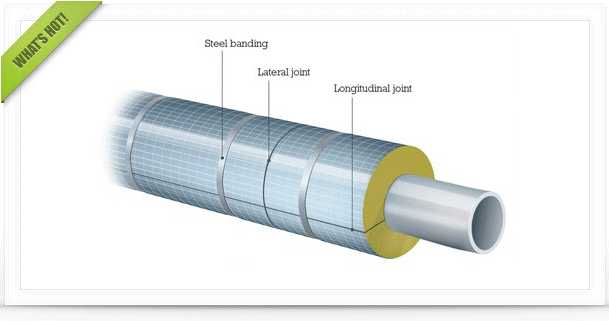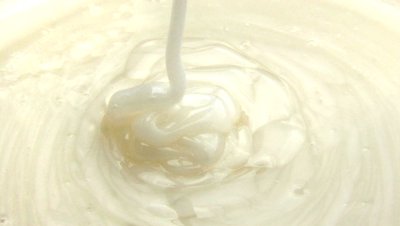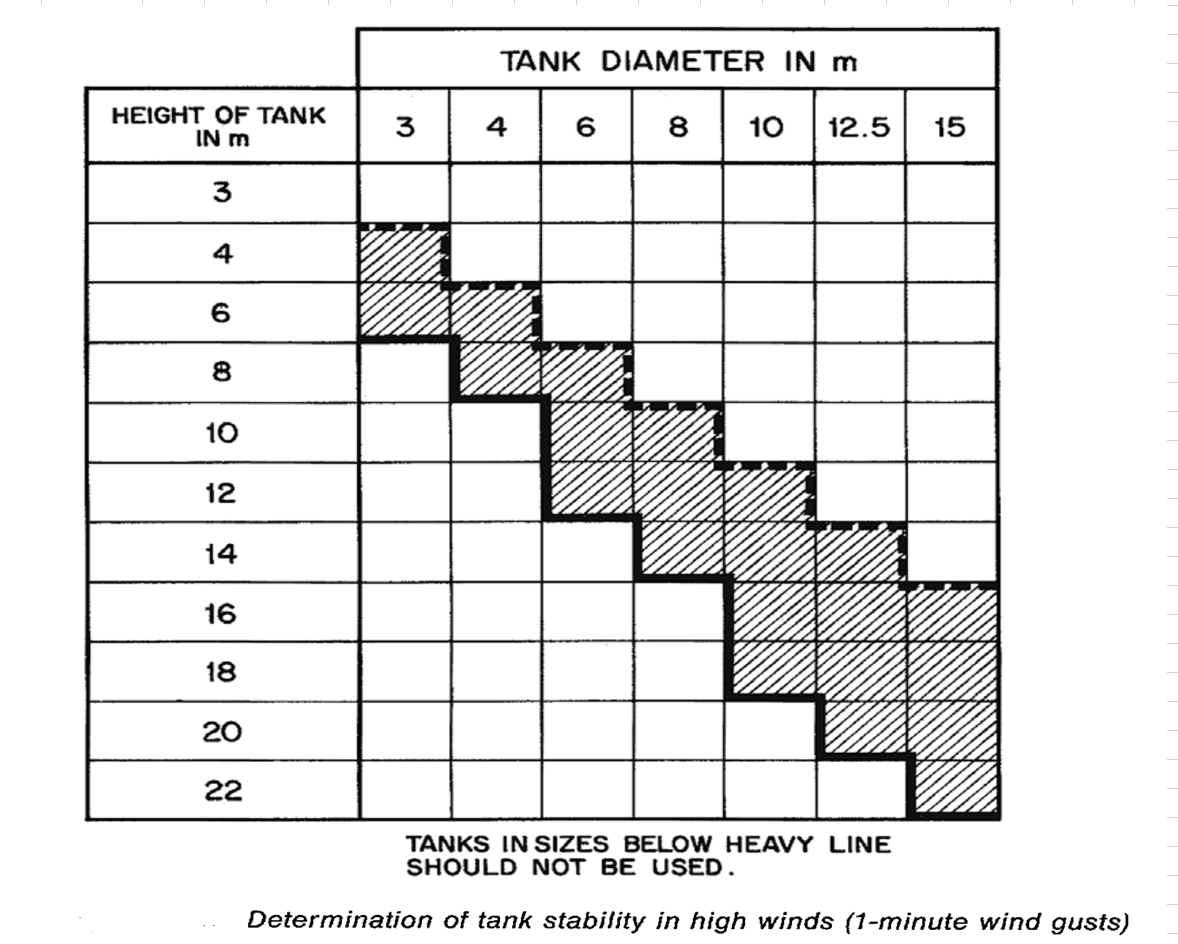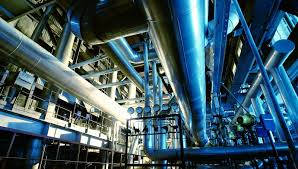|
|
Inlet Air Conditions For Rotary Dryer
Started by gautam_n, Jun 04 2012 03:09 AM
dryer design material balance energy balance
4 replies to this topic
Share this topic:
#1

Posted 04 June 2012 - 03:09 AM
A concurrent flow rotary dryer is used for drying solids to reduce its moisture content from 3.5% to 1%. Dry atmospheric air having an average RH of 75% at 32 C is heated to 202 C and supplied to the dryer. What will be the absolute humidity of the heated air at dryer inlet?
#2

Posted 04 June 2012 - 09:32 AM
The absolute humidity is expressed as kg of water vapor per kg of dry air. So it remains same before and after heating of the air, since no water vapor is supplied to it.
Air at 32 oC has a RH = 75%, which means that water vapor pressure is 75%*0.047534 bara = 0.03565 bara (saturation pressure of water is 0.047534 bara at 32 oC). Assuming total pressure = 1.01325 bara, partial pressure of dry air is 1.01325 - 0.03565 = 0.9776 bara. Molar ratio of water vapor to dry air is proportional to their partial pressures, i.e. 0.03565/0.9776 mol H2O/mol air, so mass ratio is (0.03565*18) / (0.9776*29) = 0.02263 kg H2O / kg dry air. This is absolute humidity of ingoing air (32 oC or 202 oC).
The psycrometric chart (Perry, 7th ed, Fig 12-2) would give 0.023 kg H2O / kg dry air (calculation offers higher reproducibility).
Note: I remember that I could not solve a similar question in the exams (1970), requiring answer without use of psychrometric chart. But calculation is merely based on steam table; it may be worth while making another calculation, using other data.
Air at 32 oC has a RH = 75%, which means that water vapor pressure is 75%*0.047534 bara = 0.03565 bara (saturation pressure of water is 0.047534 bara at 32 oC). Assuming total pressure = 1.01325 bara, partial pressure of dry air is 1.01325 - 0.03565 = 0.9776 bara. Molar ratio of water vapor to dry air is proportional to their partial pressures, i.e. 0.03565/0.9776 mol H2O/mol air, so mass ratio is (0.03565*18) / (0.9776*29) = 0.02263 kg H2O / kg dry air. This is absolute humidity of ingoing air (32 oC or 202 oC).
The psycrometric chart (Perry, 7th ed, Fig 12-2) would give 0.023 kg H2O / kg dry air (calculation offers higher reproducibility).
Note: I remember that I could not solve a similar question in the exams (1970), requiring answer without use of psychrometric chart. But calculation is merely based on steam table; it may be worth while making another calculation, using other data.
Edited by kkala, 04 June 2012 - 09:53 AM.
#3

Posted 04 June 2012 - 03:55 PM
Thank you for the detailed explanation. It was really helpful.
Another Question: In a typical DAP plant, to what extent does the MP steam used for atomizing heavy fuel oil in the burner system contribute moisture to the air heated for dryer? And should the total steam supplied for firing the burner be considered to find the absolute humidity of dryer inlet air.
Another Question: In a typical DAP plant, to what extent does the MP steam used for atomizing heavy fuel oil in the burner system contribute moisture to the air heated for dryer? And should the total steam supplied for firing the burner be considered to find the absolute humidity of dryer inlet air.
#4

Posted 05 June 2012 - 05:53 AM
http://www.uigi.com/WebPsycH.html
Consider this calculator to support your query . Of course result is similar to Kostas's calculation.
Breizh
Consider this calculator to support your query . Of course result is similar to Kostas's calculation.
Breizh
#5

Posted 05 June 2012 - 11:48 AM
Post No 2 assumes that inlet air is indirectly heated to 202 oC, e.g. through a steam heater. In case of using fuel oil burners, attached "airdr.xls" estimates absolute humidity of "air in" (202 oC) at 0.0304 kg / kg dry air, instead of 0.0226 kg / kg dry air. It is noted that "airdr.xls" contains some arbitrary assumptions (for instance: 4 m3 of inlet ambient air per metric tonne of dry fertilizer out) that should be replaced with actual data to result in actual figures.... In a typical DAP plant, to what extent does the MP steam used for atomizing heavy fuel oil in the burner system contribute moisture to the air heated for dryer? And should the total steam supplied for firing the burner be considered to find the absolute humidity of dryer inlet air.
It is noted that atomizing steam (conservatively taken in airdr.xls) is usually neglected by us in e.g. boiler flue gases, contrary to the water vapor coming from fuel burning. The difference to be derived according to "airdr.xls" (in absolute humidity of "air in") had better be considered, even though it is negligible compared to the absolute humidity of air coming out of the drier. Of course this also depends on the specific work to be elaborated.
Note: An induced draft fan is expected downstream of the rotary drier, with gas flow rate higher than that at the drier exit, due to parasitic air ingoing. I think this extra air may be neglected for simplification in a student project.
Some data of rotary driers at http://www.cheresources.com/invision/topic/13250-direct-contact-heat-exchanger-for-cement-clinker/page__p__50873__hl__+rotary%20+drier#entry50873.
Attached Files
Edited by kkala, 05 June 2012 - 12:02 PM.
Similar Topics
Tank Inlet Diffuser LengthStarted by Guest_RAFAELDAVE_0752_* , 08 Apr 2025 |
|

|
||
Inlet Line Not Free DrainingStarted by Guest_Asifdcet_* , 07 Apr 2025 |
|

|
||
Lng Regasification: Heat Exchanger Operating ConditionsStarted by Guest_wangdee.s_* , 17 Nov 2024 |
|

|
||
Adding Inlet To Compressor Through Vba (Hysys/unisim)Started by Guest_Matylda_* , 30 Jul 2024 |
|

|
||
Condenser Inlet Stream TemperatureStarted by Guest_Sampath123_* , 06 Jul 2024 |
|

|

 FB
FB









